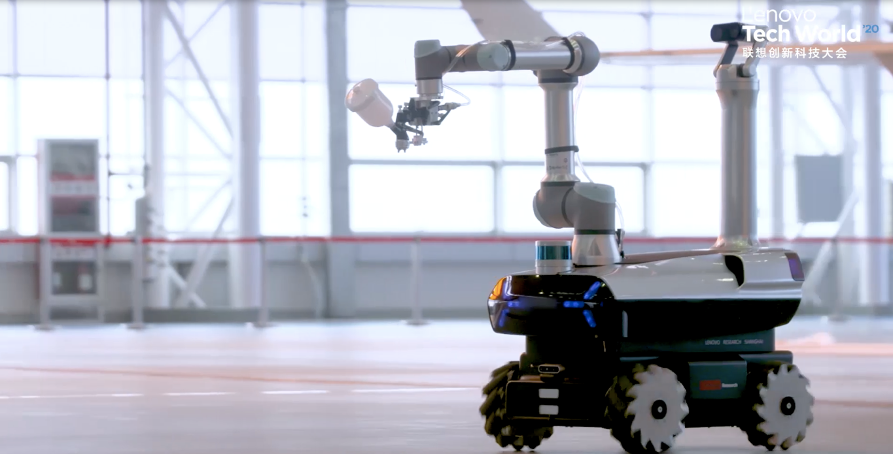Lenovo shows muscles.
On October 28th, Lenovo hosted the 2020 Lenovo Innovation and Technology Conference. At the meeting, Lenovo Group Chairman and CEO Yang Yuanqing announced In the opening speech, the technical architecture of “end-side-cloud-network-intelligence” was proposed.
Yang Yuanqing pointed out that from the end, the data generated and collected by IoT devices is connected to edge computing or cloud computing through the network for analysis, and the industry texture is superimposed on this basis, and the advanced algorithms of artificial intelligence are used to learn , Summarize and refine, we can create industry intelligent solutions for specific scenarios of vertical industries.
At present, Lenovo has built a core software platform that supports industry intelligence-LEAP series software. Among them, the ancient city of Lijiang is a typical case of Lenovo’s “smart city” solution.
It is particularly worth mentioning that Lenovo has reached a cooperation with SAP and will launch the “SAP HANA Enterprise Cloud Customer Edition” solution. The combination of Lenovo’s TruScale “infrastructure as a service” and SAP’s S/4 HANA software platform is reported to enable customers to enjoy the flexible advantages of paying on demand in public clouds while keeping data and applications on the private cloud.
Afterwards,Lenovo’s senior vice president and CTO Dr. Rui Yong gave an in-depth introduction to Lenovo’s autonomy The edge computing platform supported by AI artificial intelligence developed,Including work for the manufacture of domestically-made large aircraftMorningstar industrial robots.
Lenovo Morningstar Robot
There are hundreds of parts that need to be painted. In the traditional automated spraying practice, the teaching and debugging of the robotic arm will take several weeks; however, if manual painting is used, the quality will depend on the operation methods of the workers, and It is difficult to guarantee consistency.
The Morningstar series independently developed by Lenovo allows workers to accurately perform remote painting work through robots to solve this problem.
During the work process, the robot is located in the remote working space, and the 3D video stream it shoots is sent to the user through the 5G network, and at the same time, it receives control instructions from the user; the user is located in the operating area and perceives the environment stereoscopically through the head-mounted AR device , And use the handle to remotely control the robot to synchronously spray paint.
After performing natural teaching once in this way, the painting ability of the part is saved on the edge side, and then the robot can realize autonomous painting for parts of the same specification. In addition, the robot can also perform automatic inspection of spray quality based on computer vision.
This type of robot is very suitable to replace manual work in assembly lines, restricted workspaces, dangerous, radiation and other environments, and can reduce the risk of manual work. Its typical application scenarios include assembly lines, spraying workshops, power inspection operations, hot rooms for radioactivity tests or operations in nuclear power plants, nuclear waste handling and processing, and high-temperature and high-pressure working environments.
